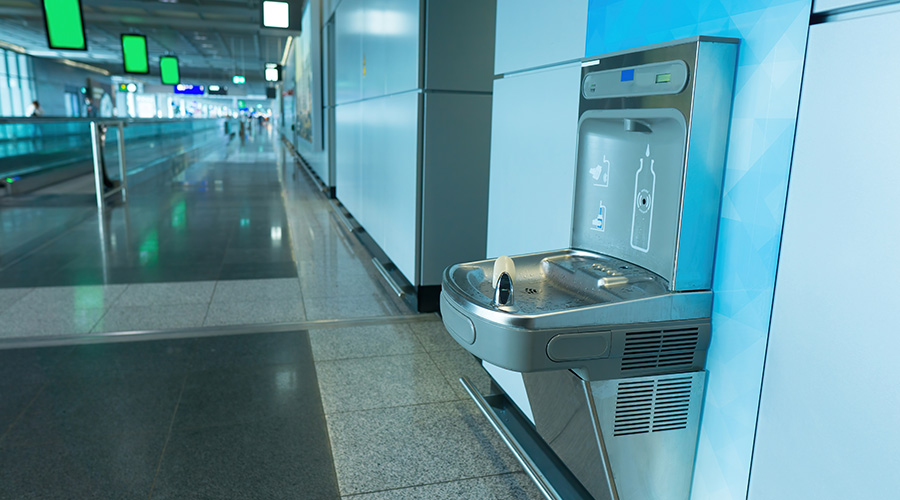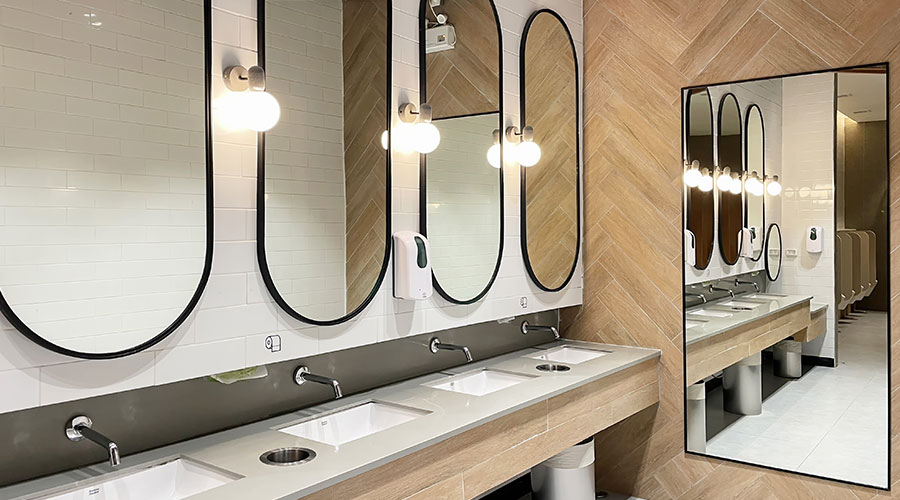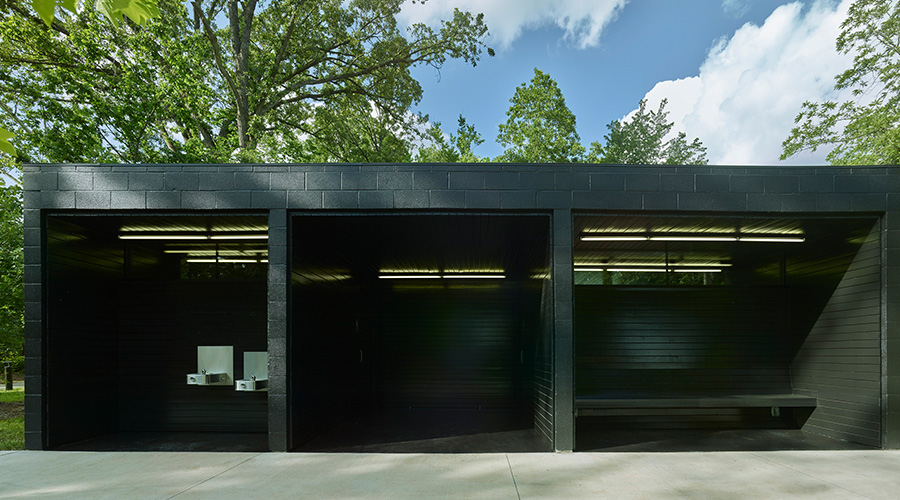Restroom Hygiene, Restroom Lighting Can Be Managed Without Spending A Lot Of Money
A dark, unhygienic restroom can quickly turn off visitors and occupants. Focusing on restroom hygiene and restroom lighting can pay off without costing a lot of money.
Restrooms can be clean without being hygienic. The last few years has seen widespread development of products specifically designed to improve restroom hygiene, including door openers, toilet flushers, faucets, soap dispensers, hand dryers, paper towel dispensers, and toilet paper dispensers.
Touchless controls reduce the spread of disease, improving both hygiene and perceived hygiene. They can also reduce operating costs. Touchless or automatic flush valves and faucet controls reduce water use by dispensing a metered quantity of water. Automatic controls also mean the number of user-induced multiple flushes is greatly reduced and faucets cannot be left running. Automatic flush valves stop users from flushing by using their foot, an action that induces stress on fixture controls. While the automatic controls do cost more than manual ones, the reduced wear and tear and vandalism makes them a more cost-effective option.
Exit doors should be designed to operate without the user grabbing a surface. Outward swinging doors are a good option, but they require sufficient clearance to prevent the door from opening into passing hallway traffic. Labyrinth entrances, with no installed doors, solve both the hygiene and clearance issues.
Controlling Costs
The goal of the restroom lighting system is to provide sufficient lighting with no dark areas, but not so much light that it becomes uncomfortable for the user.
The average restroom lighting system uses two watts per square foot, 24 hours per day. If there is a light switch installed, it is rarely used. A well-designed, energy efficient lighting system can cut consumption to one watt per square foot while still providing adequate lighting in all areas. Even more significant reductions in lighting system energy use can be achieved by installing occupancy sensors to turn off the system when the facility is unoccupied. With the average restroom unoccupied some 90 percent of the time, the energy savings will pay for the increased cost of the controls in less than a year. With occupancy sensors, it will be necessary to install at least one low wattage fixture so that occupants cannot be left in the dark.
Automatic, touchless controls, as mentioned above, are very effective tools for reducing water use. In the typical office, school, and commercial building, restrooms account for as much as 40 percent of the total water use of the facility. Cutting water use in these restrooms will show up on the facility's bottom line.
The Energy Policy Act of 1992 established maximum flow rates for restroom fixtures. The use of reduced flow rate fixtures is a requirement, but designers can do better than the standards as set by the Act. Since 1992, ultralow flow devices have gained acceptance for restroom use. Waterless urinals are now widely accepted by building codes.
One of the most important factors to consider when planning a new or renovation project is to learn from past mistakes. It costs you nothing, but can give great insight on what works and what doesn't. Look at your restrooms and the restrooms in other facilities. Study the big issues, like what has been done to improve the appearance, cleanliness, and hygiene in these facilities, or how the lighting system stacks up against needs. But also look at the little things that often times can make a big difference.
James Piper, PhD, PE, is a writer and consultant who has more than 35 years of experience in facilities management. He is a contributing editor for Building Operating Management.
Related Topics:














